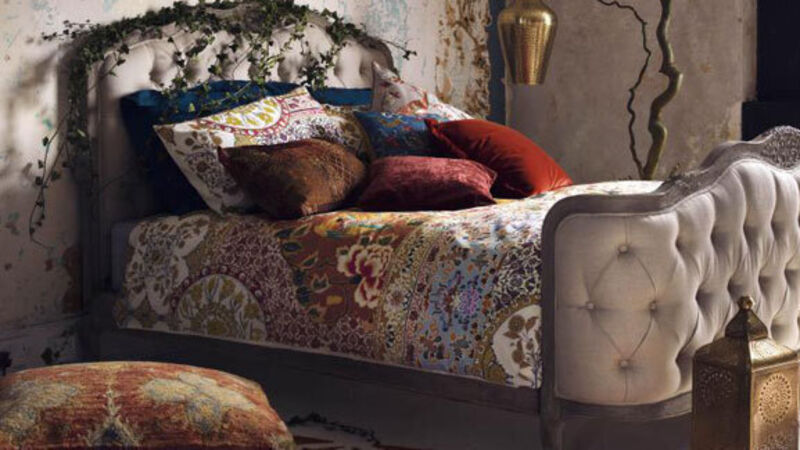The interiors look that won’t go away and still holds sway

It’s so lush with the gorgeous and unaffordable, I feel almost physically sick turning those leathery pages.
The scale of the rooms, the shimmering grandeur, that other place of wealth beyond all spending, all illustrated with colours rich enough to plunge your arm up to the elbow.













